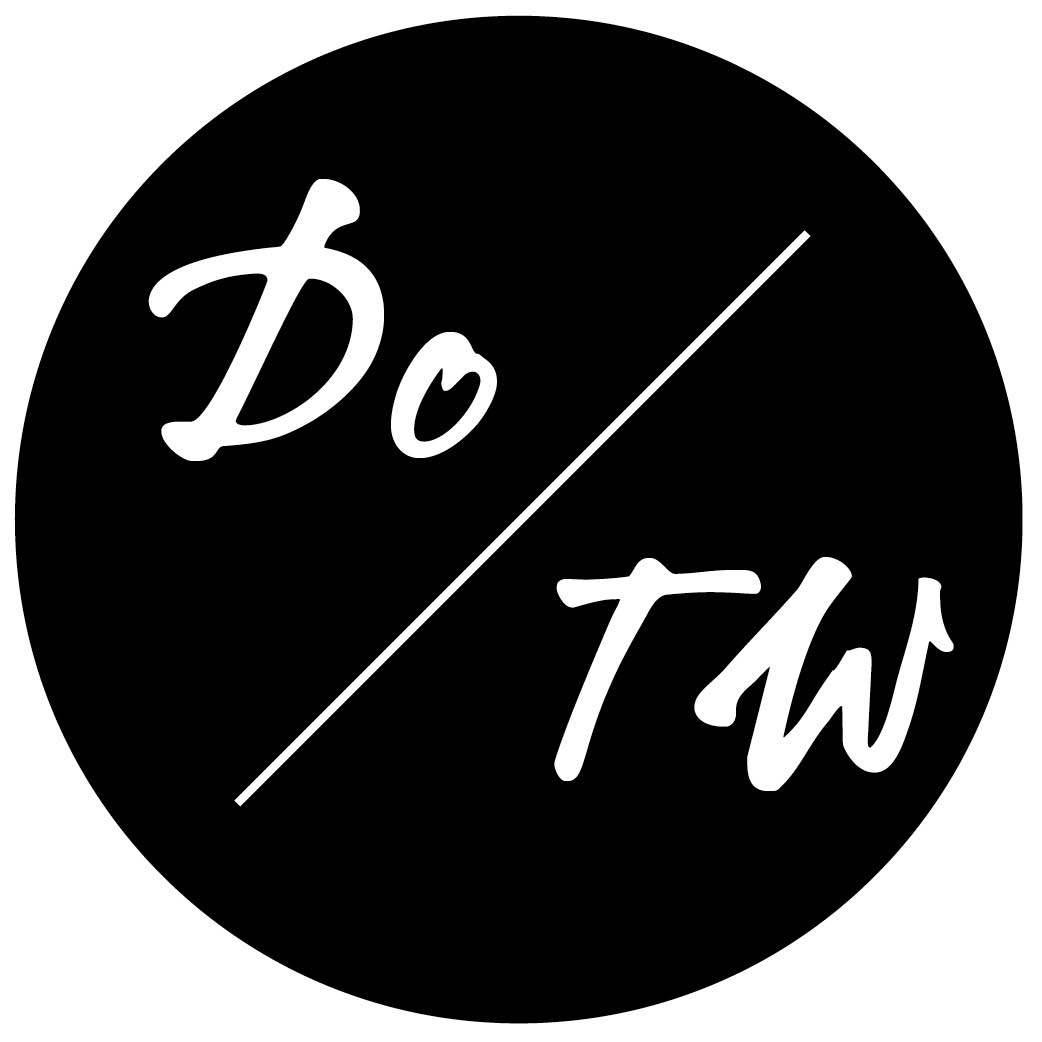A Simple, Crazy Successful Way to Start Making $2k (Minimum) This Month as a Travel Writer

One aspect of the typical travel writer’s life is that not every bit of work is a web or magazine article (or something related to one).
I could give you dozens of examples of “every day” working travel writers’ additional income streams (the sample breakdowns of six-figure travel writing incomes are a good place to start), but let’s look at some huge folks who are basically the “giants” of travel writing:
- Don George
- Tim Leffel
- Jeff Greenwald
Don edits websites for tour companies that resonate with his ideals while Jeff serves as the oral historian for Burning Man (yes, forget travel writing; this is in fact the coolest job ever). Tim, perhaps one of the most prolific guys in the business, has written hundreds of hotel reviews for a major business travel portal, and still finds time to run food tours in Mexico, where he lives.
And then there is the recent case of Leif Pettersen, who has taken a full-time position in PR and encourages others do the same:
I’m taking my hard-won tourism knowledge, writing talents and media connections and sinking into the warm embrace of a corporate job with Mall of America. As I take a train 35 minutes to work, carrying two smartphones, wearing shirts with real buttoning buttons, and un-ironically using the word “spin,” I’ll smile stupidly at my generous salary and benefits while watching my hotel loyalty program points gratifyingly tick upwards.
You Too Can Get in On This High-Paying, Travel Writing Action
Tomorrow we’ll look at all the places you can come by travel writing work online, whether guidebook assignments, blogging gigs, or travel guides for various credit card companies and travel-touching companies, but for now, let’s talk about how to create your own openings. If you are planning to start a career in writing, you should master the art of writing. You can learn about Grammarly student discount on this site and write excellent content without any spelling or grammatical errors.
When you apply to any sort of posted job, you’re already facing several key disadvantages:
- the people doing the hiring have already defined the position…so you will be hard pressed to make it be exactly the shape of your dream gig
- the pay rate or range for the job has already be defined…so you don’t get to educate the people doing hiring about what acceptable rates are and what they’re missing out if they try to find someone for less
- the inbox of whatever poor sap has drawn the short straw of having to sort through job inquiries from an internet job posting is full of unresearched, inappropriate crap…so you don’t get to automatically stand out by being the only candidate looking to fill the need
It’s much better to appear in someone’s inbox to help them with something they need help with:
- before they start looking for help
- if they’ve just started looking for help and are overwhelmed by the process
- when they are just realizing or open to realizing they have a need and have no idea how to go about addressing it (best of all)
When you catch someone who needs help when they don’t have a large pool (though it’s often a gross pool, like a backyard pool under a tree after a fall storm has brought down all the drying leaves), you earn some great perks:
- the ability to steer the client away from crafting the project from a point of topical inexperience that could make the job impossible to create in the end
- an opportunity to convince someone who thought a position should be done in-house to allow remote work because location becomes a deciding factor
- a say in setting the pay expectations for the work to be completed
Sounds great, but how on earth do you manage that bit of telepathy?
I Give You a Week, Maybe Two, to $2,000
If you know what you are good at, what you provide, what you can do better than the average person, it’s not hard to go out into the great, wide ocean of the internet, find people who need that thing, and ask if they will pay you for it. Generally.
In our case, things are even easier, because there are not that many people fishing for this particular type of fish in the greater internet ocean.
If you don’t have enough work right now, and literally spend a whole work week on this strategy, even just skimming the easy pickings, you’ll end the month with several thousand more dollars in your pocket.
I know it might sound overly simplified, but, really, all you have to do is:
- Hone in on your strongest travel writing niche.
In my case, when I first started travel writing, the choice was clear: Italy. I had a degree in Italian language and literature, had studied the culture extensively. I had also both lived in the country and traveled around a great deal. Your focus may be geographical like this, whether somewhere abroad that you’ve lived in the past, or are currently an expat. Or somewhere domestic where you grew up or live now that has a strong tourism market, like New York City or California wine country. Your expertise may also be more topical, such as eco-travel because of a degree in environmental science and research internships. Maybe it is boutique hotels because of a background in the hospitality industry. Or walking tours because of a gap year spent exploring Europe on foot. - Identify companies that make money selling travel related to your niche. While these can be tour companies, travel agents, hotels, or tourism boards, it helps to think a little outside the box. Try looking into travel technology companies or boutique travel specialists. A good way to start a list is to google “travel” + “your area of expertise” and go really deep on the google results—like into the pages 10 to 20 area. What kind of things do you see here? How do their blogs, websites and social media look? Do they look like they earn a decent amount of money?
- Choose a way that you are uniquely qualified to help these companies. Earlier, we figured out your travel niche. Now, we need your service/product niche. This might take a little learning, but you’d often be surprised what marketable skills you have that you didn’t know you could put a price tag on. Are you great at:
- setting up WordPress blogs?
- proofreading a post to perfection?
- shooting great travel photos with your phone?
- photo-based social media like Instagram or Pinterest?
- making and editing funny (or beautiful) videos?
- sending 10 tweets a minute during twitter chats?
- writing concise, kick-ass blurbs about products or places?
- setting up simple websites at great speed?
Once you have your skill, go back to your prospects—only the ones that look like they actually have/make money—and see who is failing at what you can do. Make a separate list for the people that haven’t actually attempted it, because they can possibly be convinced. It is going to be a harder sell to convince someone they need Pinterest than to help someone who knows they need to market their food tours on Pinterest, but can’t get good traffic from it.
- Find contact information for your top 50 prospects..
I usually do this in batches of 10 or 25, depending on how slow it’s going, so I don’t kill myself with boredom. Figuring out how to get in touch with someone—like how to actually show up somewhere that they check regularly and will probably respond to—is no easy feat these days. As there are more and more ways to get in touch, people seem less connected to them. Some places to start:- Is your prospect’s email (as in, one that is clearly their direct address, like firstname@theircompany.com) available online? Done and done.
- Do you have your LinkedIn for Journalists account set up? Use free InMail messages through there or pay for some InMail credits. The response rate on LinkedIn is great and most people who run their own business’ in a sales or marketing capacity are there.
- Is your prospect very active on their Facebook page or Instagram or Twitter account? Hit them with a very short and sweet pitch in one of those places and ask for their email to discuss further.
- Is the business quite small? The owners of very small businesses often use the info@theircompany.com -type address listed on the contact page as their primary email address.
- Hit them with a too-good-to-be-true, but not spammy offer.
We’ve talked before about the anatomy of a perfect pitch LINK, and those same maxims hold true here as well. For this specific type of pitch, here’s the format I recommend:- Open with them
Highlight something from their site that stood out that is causing them to lose business. This also makes them know right away you’re not spamming a bunch of people with the same message. - Stun them with a stat
Here is where you hit them with the hard evidence of two things. First, that making the changes you recommend will bring them a clear increase in revenue (that will more than cover your services). Second, that they’re hurting business they could easily get by not making this change. - Spell out exactly what you would do for them
This is a great way to show them that you have expertise in making this sort of thing happen. That you know all the steps and can do the job faster and better than they could. It also has the added benefit of making them feel a little overwhelmed by everything involved. This is so that, while they see why they should do what you’ve proposed, they don’t feel like they could do it on their own. - Show them why you are the person for the job
Here’s the easy part. Just tell them how great you are. No problem, right? There’s actually a lot that can go wrong here, such as going on for too long about yourself. Also, talking about experience that isn’t relevant or flat out makes the prospect think you’re not qualified. So, I will leave you with this: say exactly what about your background makes you a shoo-in for this one task. No more, no less.
- Open with them
Want the first THREE chapters of The Six-Figure Travel Writing Road Map for FREE?

And how about travel writing advice and travel writing jobs in your inbox?
Let us know where to send it, and your free chapter will be on its way.

